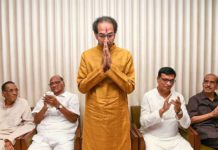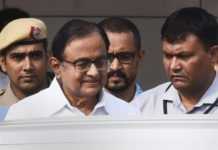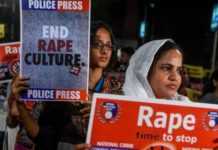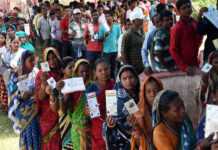
With the announcement of the election schedule for legislative assemblies of two states-Maharashtra and Haryana, the political atmosphere in these two states will soon be charged with the high-voltage campaigning. Both the states will head for polls on October 21, of which results will be announced three days later on October 24.
In Maharashtra, the state which is still recovering from flood disaster in Kolhapur and Sangli, the issues of agricultural crisis remain largely unresolved. But with no serious political threat from the weak opposition parties, fractured by their leaders fleeing to ruling parties, incumbent BJP-Shiv Sena alliance government seems to have an edge over opposition.
In the previous assembly election of 2014, which was fought separately by all the major parties, BJP had emerged as the single largest party winning 122 seats in 288-member state assembly. It then had made post-poll alliance with Shiv Sena, which had won 63 seats, to establish the government. Congress and NCP had got 42 and 41 seats respectively. This time, though, Congress and NCP have decided to contest together. Moreover seat-sharing negotiations are going on in the camp of BJP-Shiv Sena alliance too.
Amid the incidents that happened at the national level in the recent past, for example Pulwama attack, Balakot strike, abrogation of Article 370, etc., there is obvious chance that the party in power (as same parties allying both at the centre and the state) will try to reap the political benefits of these events. Although this act may not be politically incorrect or completely unexpected, the greater need is to focus on the local issues that have direct bearing and larger impact on the masses like farming, employment, youth empowerment, women security, village-level infrastructure building, etc.
In Haryana, BJP-led NDA had dramatically risen to power in the previous elections in 2014 winning 47 seats in the 90-member state assembly. Since then the Khattar government has remained in constant controversy. Nevertheless, here too BJP is in the advantageous position, thanks to the split opposition.
Ideally in a federal polity, or in a quasi-federal polity like India, state governments are tasked to focus on the local issues of people and fulfil their immediate demands. Poll campaigning in these two important states, hence, should revolve around the local needs of the people instead focusing much on national topics which may not be too relevant for masses living here. Only then will the purpose of a true ‘democracy’ be served.































































